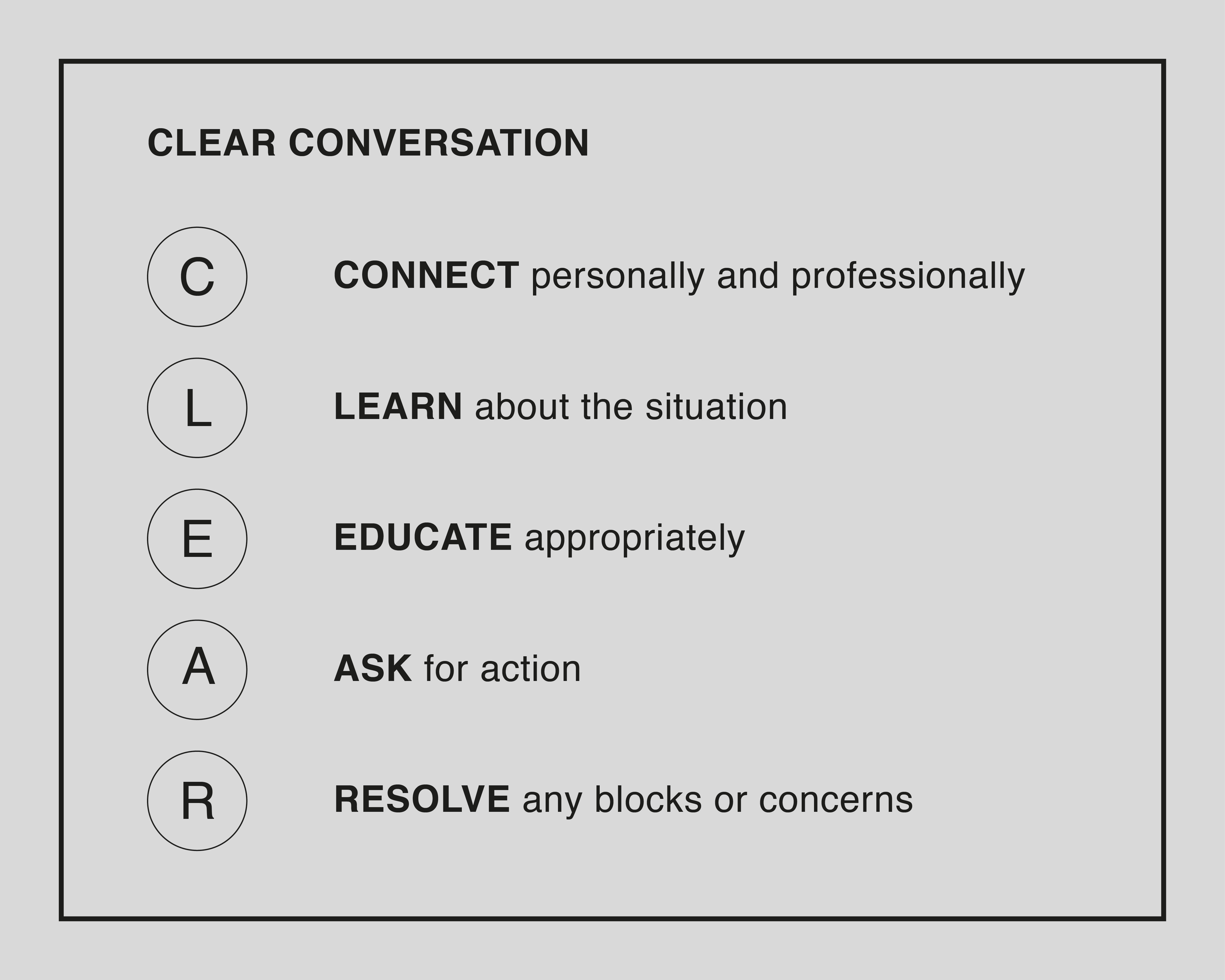We would like to introduce you to three of our tools and methods:
1. Opportinity Management with Target Account Selling (TAS)
- Opportunity Profile (uncover business problem)
- Customer's Compelling Event (find or develop a compelling event)
- Buying Center Analysis (map the relationship or political landscape)
- Critical Success Factors (limited number of conditions that have a serious impact on winning the deal)
- Our Strengths (identifies issues that give your sales team an advantage in the deal)
- Our Solution (address how the solution works in the customer's environment and how it meets their compelling event)
- Our Weaknesses (identifies issues that could put your sales team at risk in the deal)Our Unique Business Value (“what you have that competitors don’t”)
2. Enhancement of selected opportunities with PRIME activities:
- Prove your value
- Retrieve missing information
- Insulate against the competition
- Minimize your weaknesses
- Emphasis your strengths

3. Preparation of important customer meetings with "CLEAR Conversation":
- Connect personally and professionally (save half the time for the Learn step)
- Make introductions and stablish rapport.
- Set the agenda and timeframe.
- Save half the time fpr the Learn step. - Learn about the situation (use “tell me more” to open up conversation)
- Use Precision listening and replay.
- Resist the urge to jump in - keep listening.
- Use "Tell me more" to open up conversation. - Educate appropriately (get permission to share your thinking)
- Get permission to share your thinking.
- Share your input boldly to set up new actions.
- Discuss the subject collaboratevly. - Ask for action (ask for their very next step)
- Ask questions to test interest.
- Ask for their very next step.
- Provide two alternatives if possible. - Resolve any blocks or concerns (resolve the biggest block and get the very next step)
- Replay the block, use S/A and ask for others.
- Use Precision Listening for each block.
- Resolve the biggest block and get the VNS.
From this, the external sales team initially derives the following questions and tasks:
- In which phase of the sales process is the customer?
- How many levels did the customer skip?
- Selection of the level from which the customer is guided through the sales process.
- Selection of the very next step:
- to guide the customer through the sales process
- to explain the skipped levels to the customer
- to allocate internal resources for the next steps



